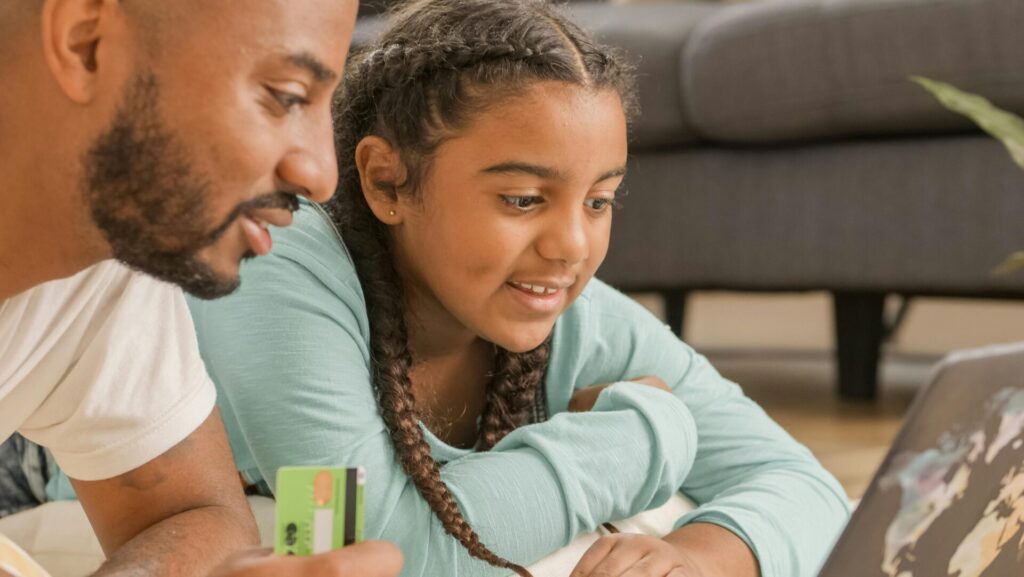 You might be forgiven for wondering what planet we’re living on when
You might be forgiven for wondering what planet we’re living on when
you read kids’ books today. Often it seems that excitement only comes
from big things, big people, and exotic places, which can make you long
for the books of our youth: Harriet spying on the grocery clerks;
Peter winning Dribble the turtle at a birthday party;
the Great Brain’s latest swindle. The books that were popular for
the under-10 set in the ’70s and ’80s seemed …different.
The reading we did when we were
young just seemed that much more
vivid and more embracing than the
reading we do as adults.
There are good reasons for that,
says Deirdre Baker, a professor
of children’s literature at the
University of Toronto. “A lot of
what you read and come across
is discovery for the fi rst time.
It has that joy of discovery and
involvement.” When we are young,
we don’t yet have the patterns of
literature truly down pat, so there
are no clichés, no tired plot twists or
overused adjectives. Everything is
new; every story is fresh.
Deirdre notes that reading is
something we introduce to our
children, and, while the books that
we read and loved may not be the
greatest literature ever to emerge,
our interest in those books will
register with our kids. Introducing
them to our kids is a chance to
revisit old stories, old fictional
friends, and to share something that
was special to us. For those reasons
alone, she says, introduce your kids
to whatever books interested you.
And get dad involved. “It sounds
weird,” says Deirdre, “but studies
have shown that children who have
fathers who read are more likely to
become readers.” She’s right, that
does sound weird. And she doesn’t
even mean dads who read aloud;
it’s just dads who read their own
books to themselves. It’s perhaps
a reminder that, in so many ways,
children take their reading cues
from us.
I recently dusted off my old
chapter books to read them to my
children and was hit with a wave
of nostalgia. Are they as good as
I thought they were? I turned to
Deirdre and her colleague, Ken
Setterington, a storyteller, author
and book reviewer, for a studied
opinion.
Good children's books from the '70s and '80s
 |
The Great Brain | By John Dennis Fitzgerald
“I think it’s wonderful,” says Deirdre. “It’s funny, there is a real sense of having that kind of status in the family, The Great Brain of the title is John’s older brother Tom who has a knack of swindling all the neighbourhood kids. Going back to this book was like visiting old friends. The writing is smooth and mature, the scenes are vivid, |
 |
Little House in the Big Woods | By Laura Ingalls Wilder
Over the years there have been many, many people who have gushed about the Little House books, though for today’s Those things are still there and are still fresh and welcome. Laura had fun. She liked people, except for Nelly Olsen, But today’s literary context has more to offer readers. “I would recommend them,” says Deirdre of the Little House |
 |
Harriet the Spy | By Louise Fitzhugh
“It’s a great book,” says Deirdre. “It’s innovative. It’s still absolutely Brash and fallible, Harriet is certainly no Nancy Drew, which is what readers “I’M GLAD I’M NOT PERFECT,” she writes after getting in trouble. That “Its a powerful book,” says Ken. “It’s a classic, and it’s one that I’ve |
 |
Ramona the Pest | By Beverly Cleary
“This book is still completely relevant,” says Deirdre. Ramona is the model of a certain |
 |
Are you there God? It’s Me, Margaret | By Judy Blume
Blume created considerable buzz by writing about menstruation and puberty. |
 |
From the Mixed-up Files of Mrs. Basil E. Frankweiler | By E. L. Konigsburg “It’s a kid running away from home and living in the Metropolitan Museum in New |
Glen Herbert is a writer, editor, and father of three who lives in Burlington, Ont.
And yes, he is also an avid reader!
Originally published in ParentsCanada, July 2012









